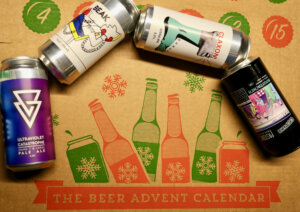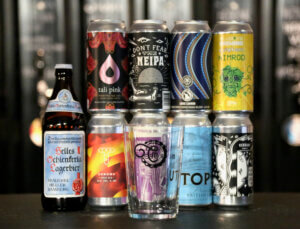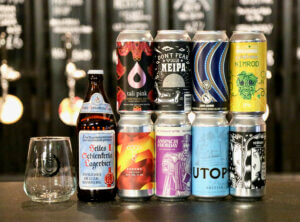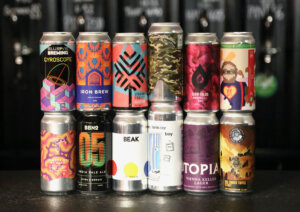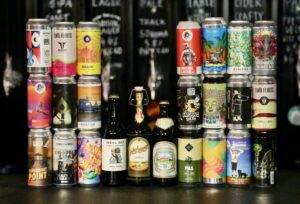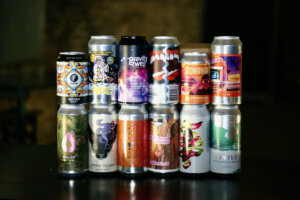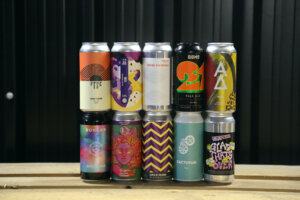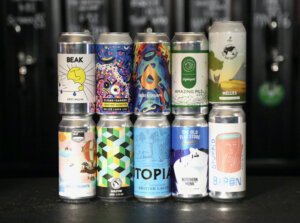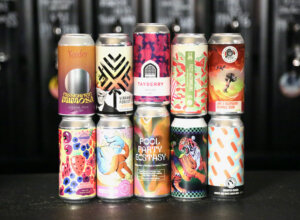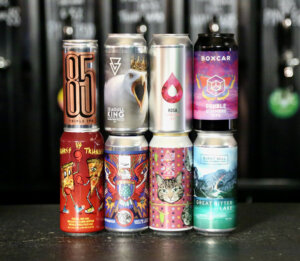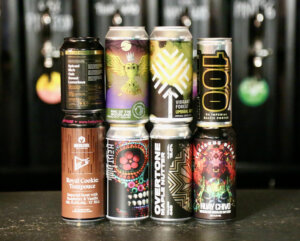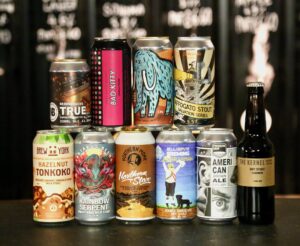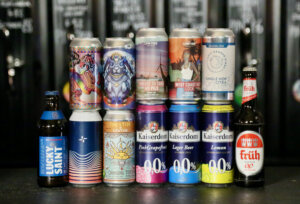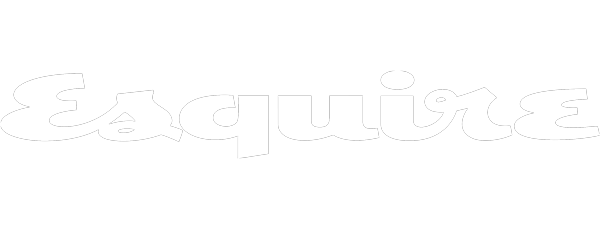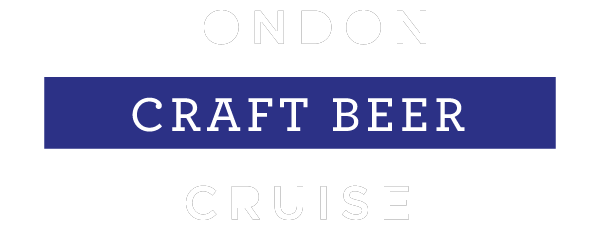***NEXT POST FOR ONLINE ORDERS IS MON 5TH JAN. BARS OPEN AS PER GOOGLE LISTINGS. HAPPY NEW YEAR!***
Posted on 21/02/24
For the most part, I’m pretty happy to pretend that Craft Metropolis – the online beer shop and taproom I run down in South London –is the only craft beer shop in the world.
Occasionally though, I find myself somewhere from which grabbing a beer from HQ would prove problematic. Like when I’m visiting family up north, for example. Or when I’ve taken a flight with a budget airline whose luggage allowance completely disregards how heavy beer can be.
In such instances, I’m always happy to support other independent beer shops. After all, beer shops are almost always staffed by friendly people, and I know from first-hand experience how difficult running an independent beer shop can be.
So recently, caught short about 15 miles from HQ, I darted into an independent taproom to see what I could find.
When I opened the door to eight beers on keg, my face bunched into a beam my moustache couldn’t hide. I was a beer shop owner in a beer shop, chomping at the bit to get stuck in.
I gravitated towards the bar, taking in exactly what it was I was about to work my way through. But as I did, a twinge of disappointment set in.
The eight taps before me were serviced by a lager, a pilsner, a radler and a pale… plus four different kinds of IPA.
Veteran beer fans might have spotted the problem with the above.
Lager and pilsner are very similar styles. The radler is the same thing paired with lemonade. Then you’ve got the pale and four – four!– lines of IPA.
Now, don’t get me wrong. I adore hop-forward beer. I respect its role in steering curious drinkers away from Bud Light.
But I like beer in all its other forms too! Stouts, bitters, porter; sours and experiments are glorious.
For me, the existence of a taproom with such a stripped back selection suggests, somewhere, something’s gone wrong.
In truth, situations like the above have probably been threatening for a while. For years, both beer drinkers and brewers have harboured an unhealthy fixation on a narrow range of styles.
West Coast hoppy beers began the trend. For a long time, alongside lager, they were the champions of taprooms worldwide. But their characteristic bitterness was always something some drinkers disliked… which meant taprooms always offered exciting alternatives.
If there has been a turning point, it was probably shortly after the birth of the New England IPA.
New England IPAs forego bitterness in favour of sweet notes. They’re smooth and they’re creamy. And they’re typically full of luscious and juicy notes of tropical fruit.
Frankly, they’re outstanding.
Which may well be the problem.
Following the rise of the New England IPA, has a certain style of beer become just too good?
The chances are I’m overreacting. After all, although hoppy beers continue to dominate beer shop line ups, few taprooms today offer no darks nor sours whatsoever. Until recently, doing so made little business sense.
Still, the fact that it’s now viable to run a taproom absent of variety is concerning.
And consider our current government’s recent beer duty ‘cut’.
The cut, at least when announced, only applied to beer sold in containers of 40 litres or more (at the time of writing, this is being reconsidered following a backlash). The idea, some say, was to skew the playing field in favour of ‘big beer’: big breweries sell beer in great quantities, while craft breweries tend to sell beer in 20 or 30 litre batches.
Whether or not it was a deliberately nepotistic move is the subject for another day. More relevant for the time being is, if the plans go ahead, brewers now have a further financial incentive to brew more of their popular lines and less of their small batch stuff… presumably making things even more homogenous than they already are.
Back in the taproom, chatting with the bartender and trying one or two of the beers, I raise my contention.
It’s a relatively hop-focused lineup, I say. And he understands what I’m referring to.
‘It is usually more varied,’ he notes. ‘We usually have…’ he turns to look at the line up. ‘Well, we usually have at least one sour on.’
For a second I consider asking why just the one – or where the sour is today, but I decide against it.
Instead, I choose which of the IPAs I want to drink first (Lonely Town by Howling Hops. A gem both tropical and resinous.), then I find myself a table and begin formulating the ending of this column.
Hoppy beers are fantastic, but what if they were just the beginning?
Experiment and explore and you’ll very much be rewarded. If you’re curious, here are one or two pointers to get you started…
Black IPAs are a great second step in beer exploration, because they pair lovely juicy hops with dark, roasted malts. Think of a beer that’s like a dark chocolate fruit & nut. Seek out Brick / Neon Raptor’s Black Light Black IPA or Wander Beyond’s Pod Impy Black IPA.
Biscuity, malty bitters tend to be popular in autumn, but there’s really no reason not to enjoy one as spring fades. Try Burnt Mill / Kyoto’s Other Worlds Extra Special Japanese Bitter or Yonder’s Boogie Modern Bitter for a modern version.
They’re potent but great. Think chewy caramels and toffees. DEYA / Boxcar’s Crocodile King Barley Wine was great. North Brew Co’s Good Things x North Barley Wine is a winner.
Roasty and toasty. Fans of coffee, take note. You can usually get hold of Pressure Drop’s Fashion London Porter. If you’re lucky, Kees Brewery’s Export Porter 1750 may be around.
Can be down-the-line or wild, wacky and wonderful. Look to Kernel’s Imperial Brown Stout London 1856 for the former and Amundsen’s Cherry & Chocolate Ganache Barrel Aged Dessert in a Can for the fun.
Different strands exist, but this isn’t a science lesson. Seek out Vault City’s Farm to Fermenter range. Brew York’s Le Mon Le Mon Imperial Lemon Sherbet Sour is fun.
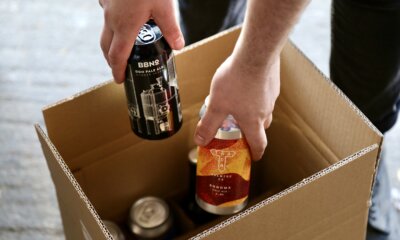 Step 1
Step 1
We trawl the globe tasting great beer
